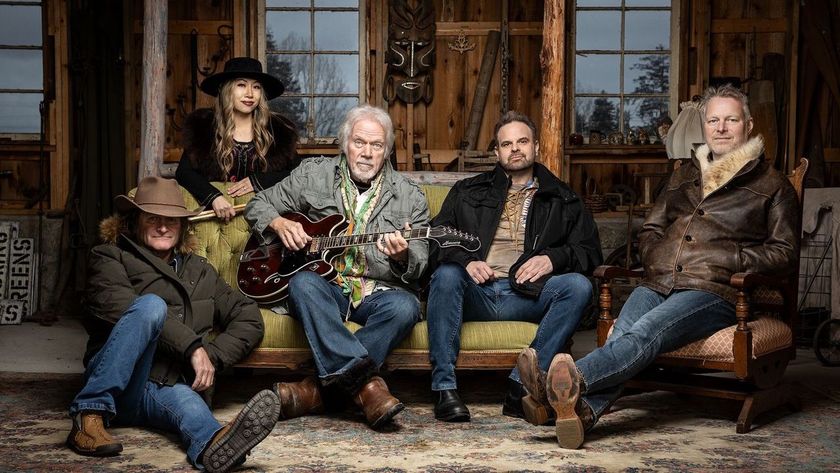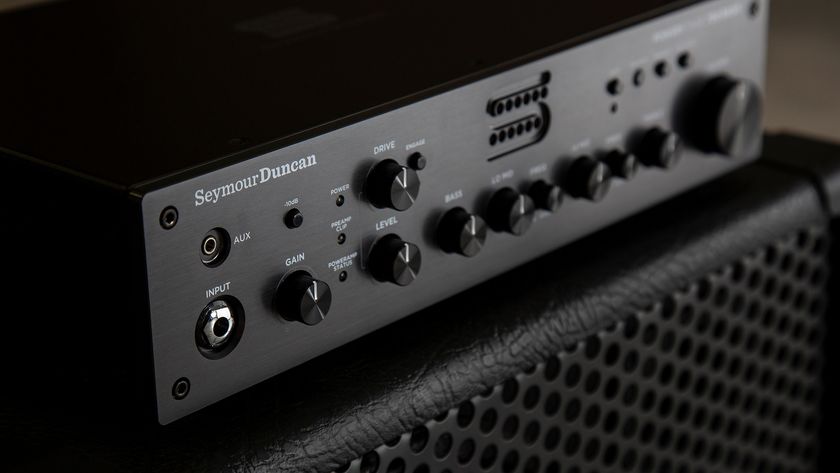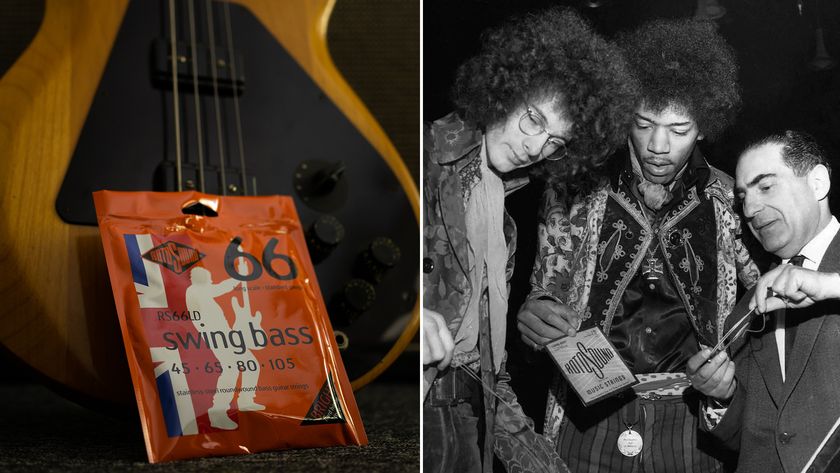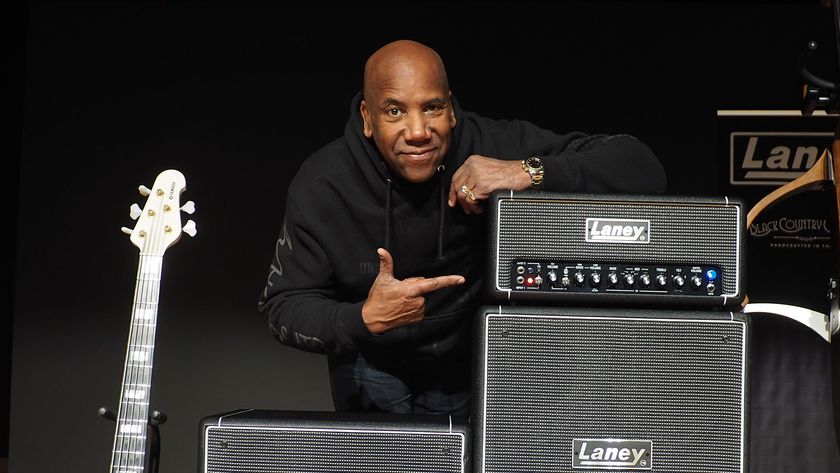Highlights of Bob Dylan’s ‘Bootleg Series’
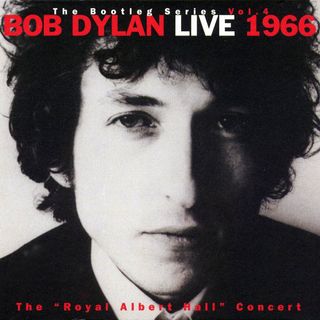
Standing as probably the greatest American songwriter of all time, the musical catalog of Bob Dylan is nothing short of awe-inspiring. 35 studio albums, 11 live albums, and innumerable compilations contain countless brilliant moments from the always confounding Dylan. Of particular interest is his Bootleg Series of previously unreleased material.
Standing at 10 volumes and counting, sifting through this avalanche of recordings for the cream of the crop is a herculean task. But the many highlights of the series don’t just function as lost gems for die-hard fans.
For people who may not be as familiar with Dylan’s endless catalog, these tracks serve as fascinating glimpses into his mind; and why he may not have felt like arranging a song a particular way at a given time. In some cases, the arrangements produced on the live or unreleased takes of a given song are far superior to the take that appeared on the resulting album it was on.
I am in no way saying that these are the absolute, definitive highlights of the lengthy Bootleg Series. There really is no way to strictly define the ups and downs of an artist who for half a century has constantly confounded and thrilled fans and critics alike by taking unexpected left turns and changing gears. For me though, these seven “bootleg” tracks, all deep in their respective albums, give the best indication of the true brilliance of Bob Dylan as a songwriter, musician, and artist.
1.“He Was A Friend Of Mine” (Volume 1)
An outtake from his self-titled debut, Dylan’s rendition of this traditional folk song is simply devastating. Simple, precise, but incredibly powerful; this version brilliantly captures the pure, unspoiled sorrow the track was meant to convey as it was listened to and copied through the years. Even at this early stage, Dylan’s stunning talent as a folk singer is obvious as he delivers this breathtaking ballad.
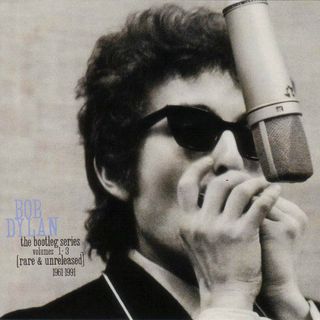
2.“Talking John Birch Paranoid Blues” (Volume 6)
Get The Pick Newsletter
All the latest guitar news, interviews, lessons, reviews, deals and more, direct to your inbox!
A glimpse of Dylan a couple years later, in 1964, this live recording shows the massive changes undergone by not only himself, but the entire country. Dylan had become the spokesman of a generation; an immensely popular singer who suddenly had the world’s ear. A parody of the Red Scare in the early ‘50s, “Talking John Birch Paranoid Blues” is a rare glimpse of Dylan as a showman. Cracking up the audience with satirical lines like “heard some footsteps by the front porch door so I grabbed my shotgun from the floor/snuck around the house with a huff and a hiss saying hands up you Communist it was the mailman”, Dylan is in top form. As a punch line he sheepishly adds, “… he punched me out,” putting a cherry on top of this wonderful performance.

3.“I’ll Keep It With Mine” (Volume 9)
Written in 1964, and later covered first by Judy Collins, then by Nico, “I’ll Keep It With Mine” is one of Dylan’s most beautiful love songs. The version that appears here, a crudely recorded piano demo, is ragged but filled with emotion. Dylan’s voice strains in the beautiful chorus; the one that Collins and Nico would later croon with ease. But this unassuming little song is one of his great compositions of this unbelievably prolific period.
4.“Maggie’s Farm” (Volume 7)
This performance, taken from the 1965 Newport Folk Festival, marks a sea change in Dylan’s career. To an audience expecting more acoustic protest songs, Dylan unleashed “Maggie’s Farm,” a furious, loud, electric blues. The stunned audience took Dylan’s change of style to be a betrayal, and showered him in boos. A furious Dylan left the stage after fifteen minutes, bewildered by the hostile reaction. No one in the audience seemed to comprehend Dylan’s historic merger of folk and rock. To that point they had comprised two entirely different worlds; and in fifteen chaotic minutes Dylan tore down the wall between them.
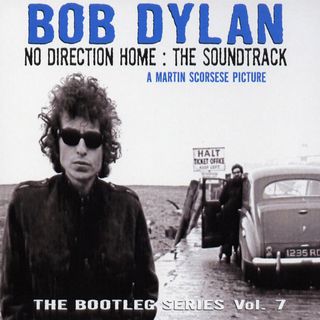
5.“One Too Many Mornings” (Volume 4)
A classic from his “The Times They Are A-Changin’” album, this song gets a rowdy electric treatment in this, the legendary 1966 Royal Albert Hall concert Dylan performed with the Hawks (later to become the Band). The crowds during Dylan’s 1966 electric tour were just as unreceptive and rude as the ones that had greeted his new ideas a year at Newport. The audience gives this song, one that was originally acoustic, an especially cool treatment. The steadily growing tension between Dylan and the audience gives this track an electric (no pun intended) energy and atmosphere.
6.“Most of the Time” (Volume 8)
Jumping ahead almost a quarter of a century, Dylan has been through an incredible amount. A divorce with emotional repercussions resulted in two of his greatest albums, a wholehearted conversion to Christianity, and a sort of “lost decade” where Dylan seemingly lost his way. Working with Daniel Lanois in 1989, Dylan hoped to resurrect his stalling career with Oh Mercy. “Most Of the Time,” in its studio version was drenched in reverb and a feeling of distance and sentimentality. But this incarnation of it is extraordinary. Sung by Dylan alone with an acoustic and harmonica, he turns the song into a beautiful, spare, rolling ballad; one that packs far more punch than the version that ended up on Oh Mercy.
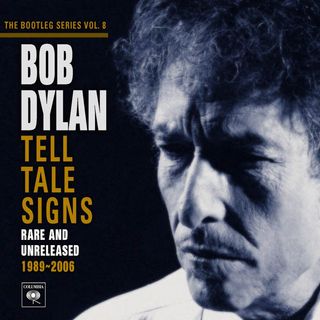
7.“Dreamin’ Of You” (Volume 8)
Recorded in 1997, “Dreamin’ Of You” almost has the feel of a funk song. Dylan is at his ghostly best, narrating the song with a masterful sense of restraint. You can imagine yourself driving down a dark highway in the middle of nowhere at night to this song. Hazy, evocative and mysterious, Dylan shows his incredible vitality in this track.

Jackson Maxwell is a freshman at the University of Massachusetts Amherst. He is double majoring in history and journalism. He is a staff writer for the Massachusetts Daily Collegian and has his own music blog entitled “Two Dudes, Two Computers” with his friend Zach Newman. You can follow him here at twodudestwocomputers.tumblr.com/ or http://themotorcade.tumblr.com/
Jackson is an Associate Editor at GuitarWorld.com. He’s been writing and editing stories about new gear, technique and guitar-driven music both old and new since 2014, and has also written extensively on the same topics for Guitar Player. Elsewhere, his album reviews and essays have appeared in Louder and Unrecorded. Though open to music of all kinds, his greatest love has always been indie, and everything that falls under its massive umbrella. To that end, you can find him on Twitter crowing about whatever great new guitar band you need to drop everything to hear right now.


